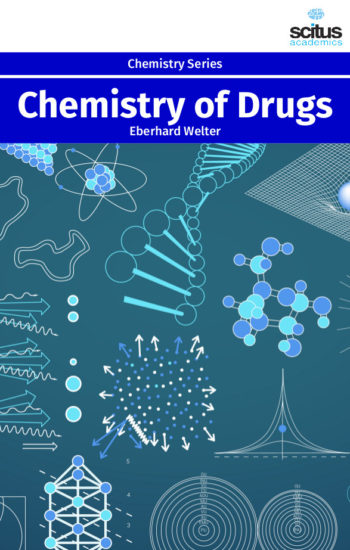The fundamental theory behind materials science includes concerning the microstructure of a material to its macromolecular physical and chemical properties. The development of new materials to address pressing future needs is one of the biggest challenges of the 21st Century. These new materials will play a key role in shaping the future. Among other things, they will have to provide pathways for sustainable resource management and energy supply, mobility, the future viability of the consumer society and new diagnostic and therapeutic procedures in the healthcare sector. A deeper understanding of materials and their chemical make-up, architecture, functionalization, processing and potential applications creates the foundation which the manufacturing and process industry needs to remain competitive. Chemistry plays a predominant role in materials science because chemistry provides information about the structure and composition of materials, as well as the processes to synthesize and use them. By understanding and then altering the microstructure, material scientists adapt the properties to create custom, or even brand new, materials with specific properties for specific uses. It describes how individual substances interact and studies their stability and reactivity. To optimize material properties, researchers need an in-depth understanding of material structure and composition including how additives work, along with much more. Experience in chemistry is also needed in order to understand how to optimize the functions and quality of materials production, processing and applications, and it makes an important contribution to materials science all along the value-added chain.
‘Chemistry of New Materials’ outlines the contribution made by chemistry to materials science in meeting a variety of needs. It summarizes the development potential and research needs over the next ten years. It focuses on the use of chemistry for the design and synthesis of materials with interesting or potentially useful physical characteristics, such as magnetic, optical, structural or catalytic properties. It also involves the characterization, processing and molecular-level understanding of these substances. The role of chemistry goes beyond the synthesis of new materials, materials development and optimization for specific applications. It also makes a major contribution to material re-use and the substitution of critical materials.








